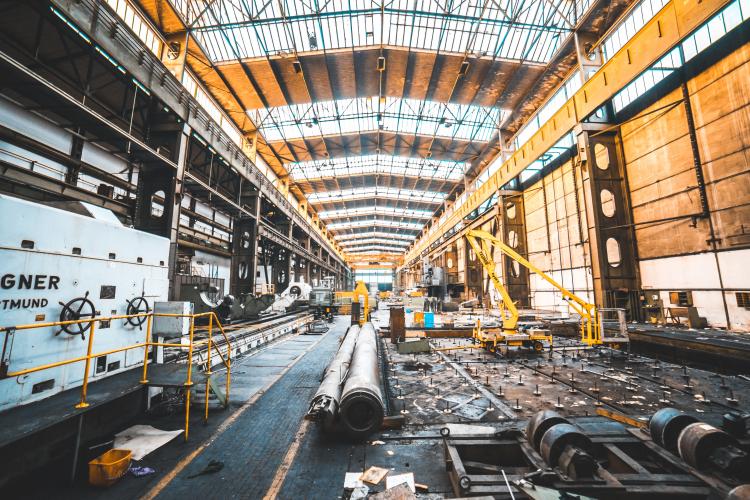
More than 60 attendees at the 2020 Midwest Energy Solutions Conference attended a workshop focused on engaging industrial customers through energy efficiency. MEEA staff tasked them with a bit of role-play, presenting two policy scenarios constructed to reflect an amalgamation of the industrial energy efficiency landscape in the Midwest. The first scenario featured a mandate for energy savings but some form of industrial opt-out or exemption that removed a substantial number of customers from participation, thus reducing the budget for industrial sector EE programs. The second scenario was a voluntary EE state with limited overall portfolios that also has low industrial program funding. We asked half the tables of attendees to consider the first scenario as if they were utilities and the other half to consider it as industrial customers. We then moved on to the second scenario and had the tables switch roles.
We asked the tables - each with an industrial energy efficiency expert as a discussion lead and a MEEA staff member to assist with note taking - to think about how to overcome the participation barriers to energy efficiency and how utilities could best serve their eligible industrial customers with limited funding.
Our synthesis of the notes includes descriptions of the scenarios and consolidated notes from the tables. Ideas seemed to cluster around five main themes. These ideas, we think, initiate the kinds of program discussions and development that can help fuel energy savings in the industrial sector.
- People, not Widgets: Industrial customers need energy expertise, not better equipment. Whether through direct training, subject matter experts or staffing grants, it is people, not widgets that will make the difference.
- Serve More Customers at Once: Limited funding can be stretched further through things like geographic targeting, cohort training models and workforce development, especially when serving many smaller industrial customers.
- Start Small: Companies unaccustomed to energy efficiency may not be willing to make large investments. Small, low-cost or no-cost programs can build trust and eventually develop into deeper savings through custom energy efficiency programs that require more investment of time and resources by the customer.
- Trusted Partners: Customers already have established and trusted relationships with industrial parks, chambers of commerce, trade associations, facilities management companies and such, which provides a pathway to communication and earned trust.
- Demonstrate the Value: Utilities need to show the value of industrial energy efficiency to customers and policymakers. Internal champions within the customers need to be able to demonstrate that value to their decision makers. This can come from case studies, but also from more sophisticated analysis and sharing of energy data allowing customers to relate it to their internal goals and KPIs.
The end of February feels like ages ago, considering what has happened since. At the 2020 Midwest Energy Solutions Conference, we had no real idea what we were going to be facing in just a few weeks as an industry and a nation. The response to COVID-19 from Midwest utilities is still evolving, and we’ve heard some great ideas about how utilities are maintaining programs and planning for recovery. One industrial energy efficiency idea we heard on the April 14th Illinois Stakeholder Advisory Group teleconference was “virtual treasure hunts” using photos of equipment and nameplates and lots of documentation to continue seeking energy and cost savings in their SEM program. The idea came from a customer and turned out to be an effective substitute for in-person cohort work. It is ideas like this one and those explored at our workshop that offer the forethought we will need to maintain programs and help utilities ramp up industrial energy efficiency as part of economic recovery measures.